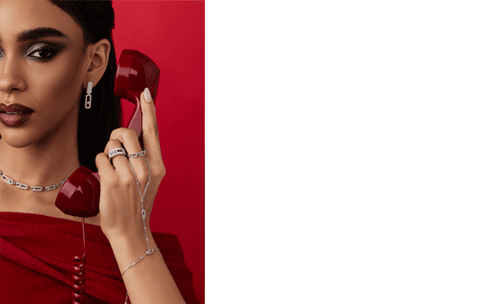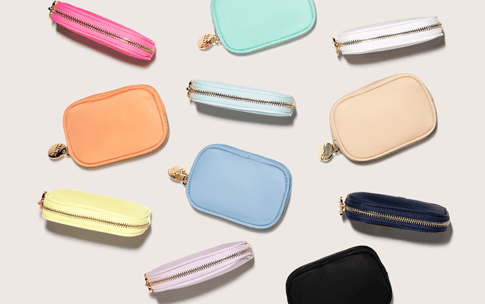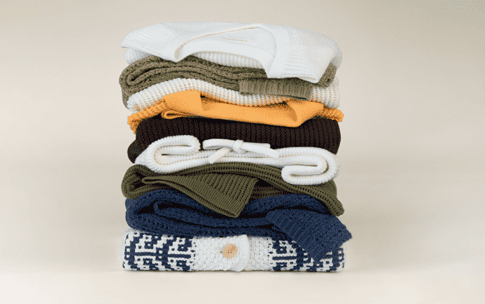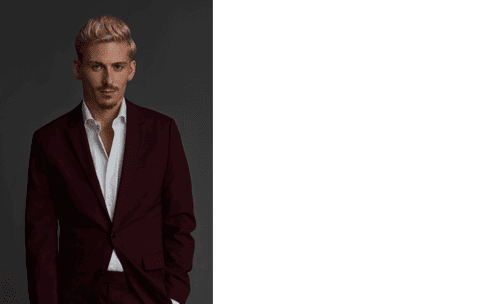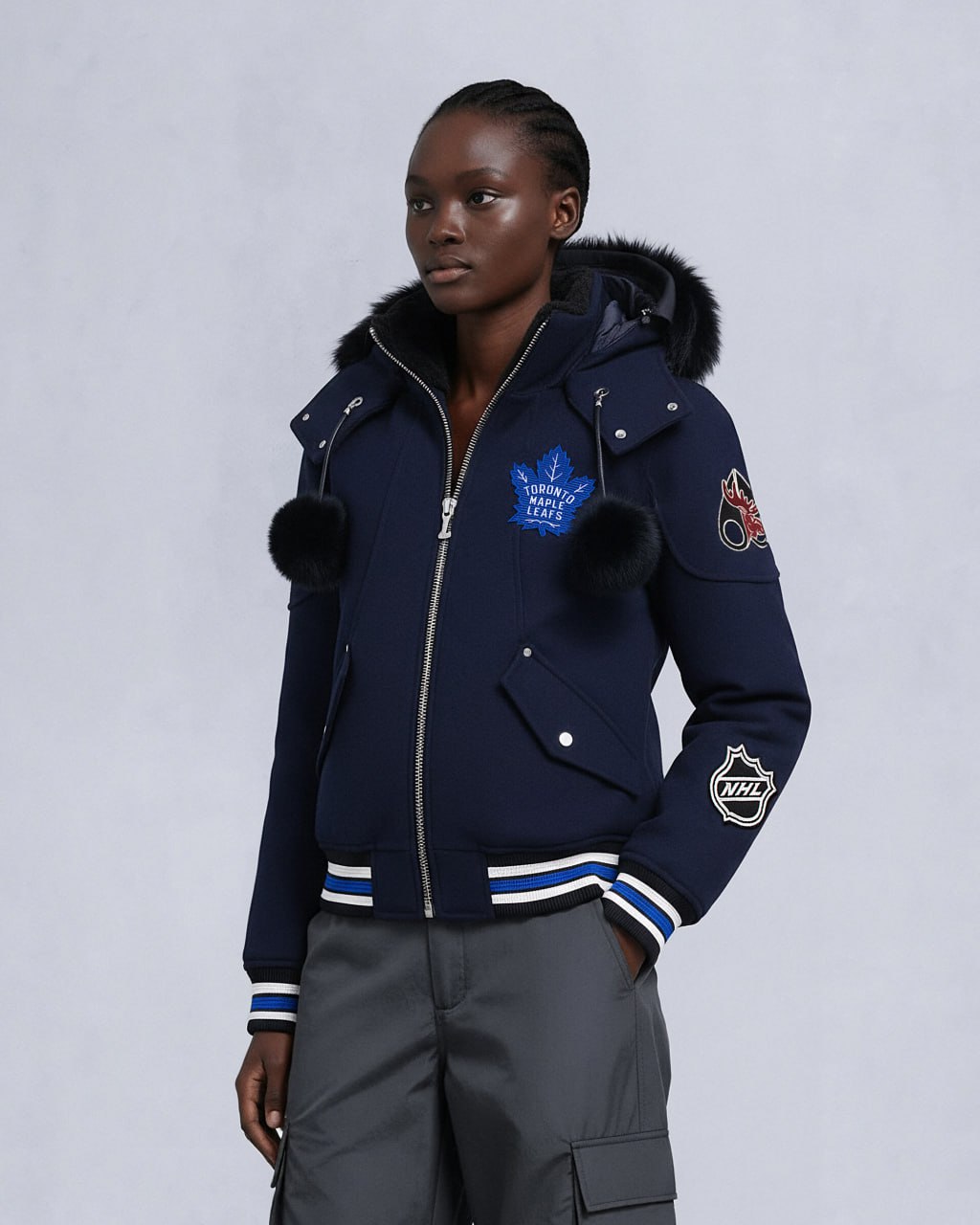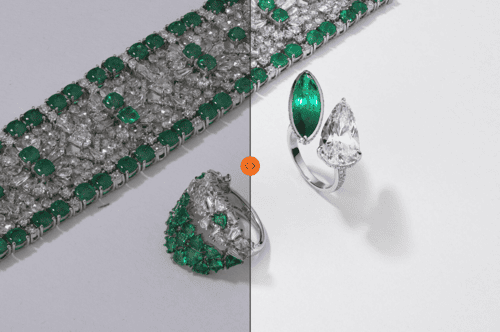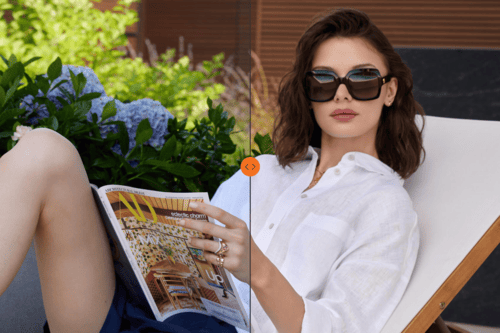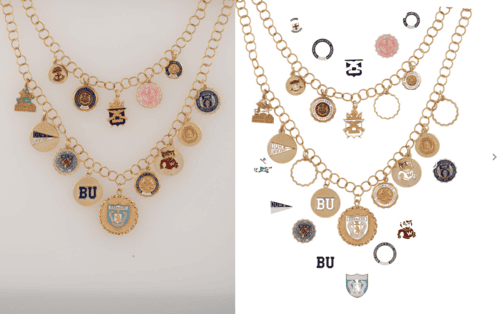Photography That Appeals to Luxury Fine Jewelry Buyers

High-end jewelry photography is never just about the product. It’s about evoking a feeling — a sense of prestige, craftsmanship, value, and timeless elegance. Your buyers are investing in heritage, identity, and artistry. And they’re making judgments about your brand long before they ever zoom in on a carat weight or click “add to cart.”
In this segment of the market, visual storytelling does the heavy lifting. A single image can elevate a brand to iconic status — or, just as quickly, flatten it into the background noise of a saturated industry.
As a person from the high-end business, you already know that luxury isn’t about shouting. It’s about subtle signals. Quiet authority. Every frame, texture, and shadow in your photography must align with that standard.
So let’s unpack what makes photography truly resonate with luxury jewelry buyers — and how your brand can harness visual content that reflects your real value.
Why Generic Photography Doesn’t Work in Luxury
Generic visuals are a liability in the luxury space. They might be “good enough” for mass-market jewelry, but when you’re speaking to a discerning buyer — someone used to flagship boutiques and catered experiences — “good enough” instantly becomes “not for me.”
Here’s what doesn’t work:
- Lack of true-to-life color accuracy, which can misrepresent the product’s appearance
- Failure to preserve natural texture, diminishing the tactile appeal and authenticity of the item
- Inconsistent visuals across product pages and campaigns
- Overedited stones that look fake or lighting that flattens the texture

These amateur oversights damage brand equity. Buyers may not consciously articulate it, but they feel it. And in luxury, the difference between admiration and indifference is determined by the feelings evoked by your photography.
Worse, generic photography for luxury products creates confusion. If your prices suggest exclusivity but your visuals whisper mass-production at its best, trust erodes. In luxury, photography is strategic. It’s part of the product’s perceived value.
Signature Elements of Luxury Fine Jewelry Photography
Impeccable Visual Appeal and Detail
At the luxury level, there’s no room for approximation. Every image must be razor-sharp, with crystal-clear focus on the piece’s craftsmanship. Think of it as a virtual loupe for your customer.
- Facets, gemstone clarity, prong settings, engraving — all must be visible and tactile through the screen.
- Close-ups and macro shots aren’t just aesthetic — they build confidence and reinforce quality.
Luxury buyers expect this level of intimacy and transparency. It’s proof of authenticity and artisanship.




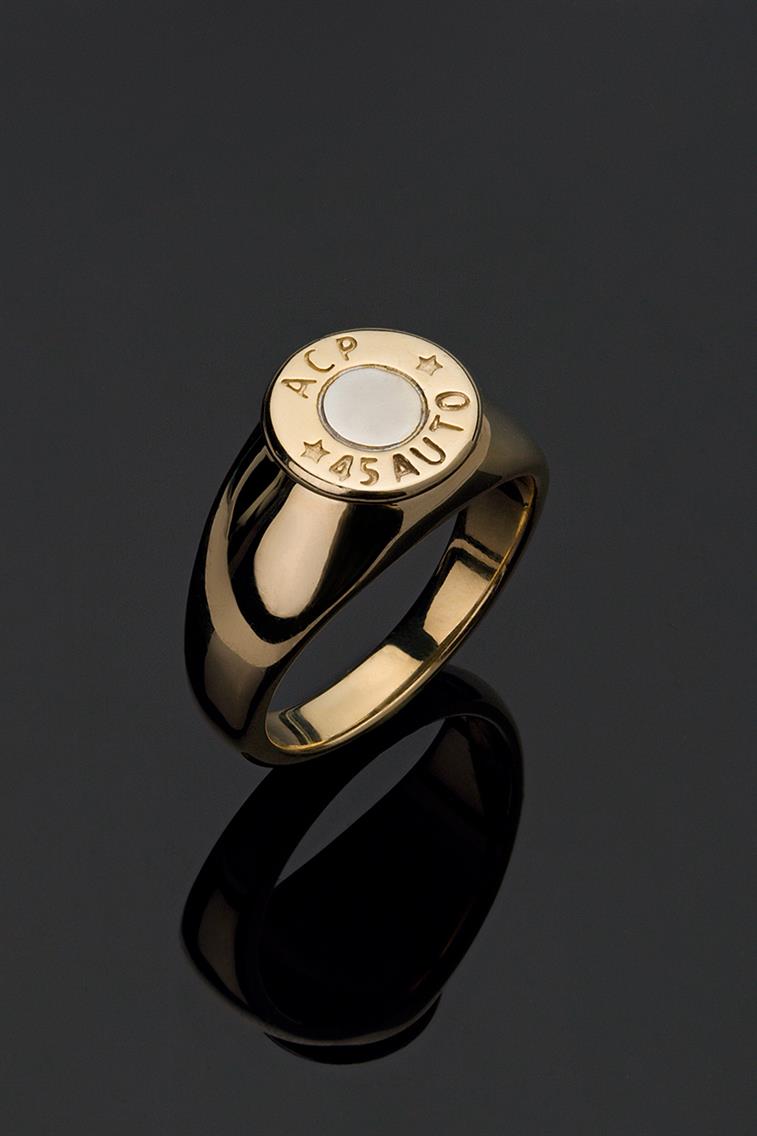
Consistent Brand Aesthetics
Your photography should look unique, unlike your competitors, and not like a generic template.
- Consistency in lighting, composition, and tone makes your collection instantly recognizable, even when viewed out of context.
- Use signature elements: a recurring background material, a particular hue, a stylized hand position — all of these quietly tell your audience, you’re looking at our world.
When visuals are cohesive, they elevate brand memorability. When they’re scattered and inconsistent, they erode it.
Aspirational Storytelling
Luxury photography invites the buyer into a narrative. For example:
- An engagement ring shot on a velvet tray by candlelight.
- A delicate bracelet slipped on before a formal event.
- Everyday fine jewelry paired with a luxurious but attainable morning ritual.
These photos become emotional entry points by letting the buyer imagine owning the piece and the lifestyle that comes with it. Aspiration is a powerful sales tool, and photography is how you fuel it, visually.

Sophisticated Styling and Backgrounds
Every texture and surface in your frame influences perception.
- Velvet in your brand color, Italian marble, silk drapes, hand-made ceramic trays — these aren’t just beautiful props. They’re strategic cues that suggest exclusivity, artistry, and value.
- But balance is everything. The styling should always frame the product, not compete with it.
For bold or intricate pieces, minimalist backgrounds often work best. For heirloom or editorial pieces, layered materials can elevate depth and mood.
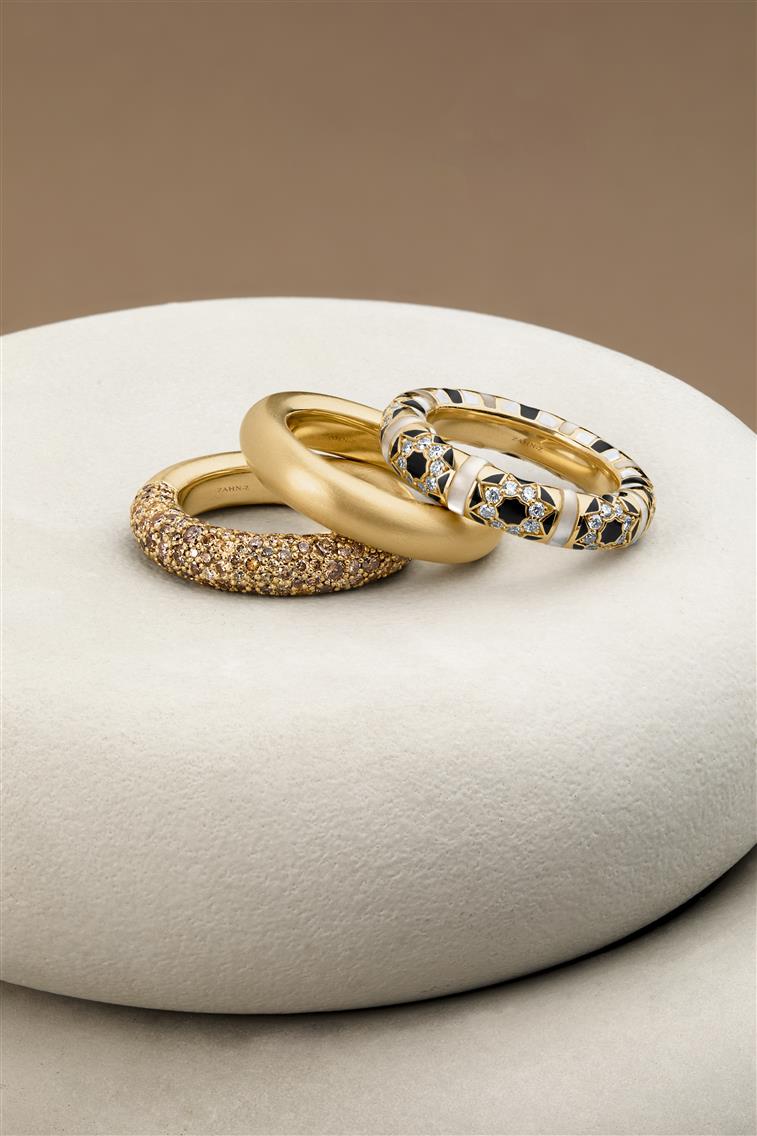

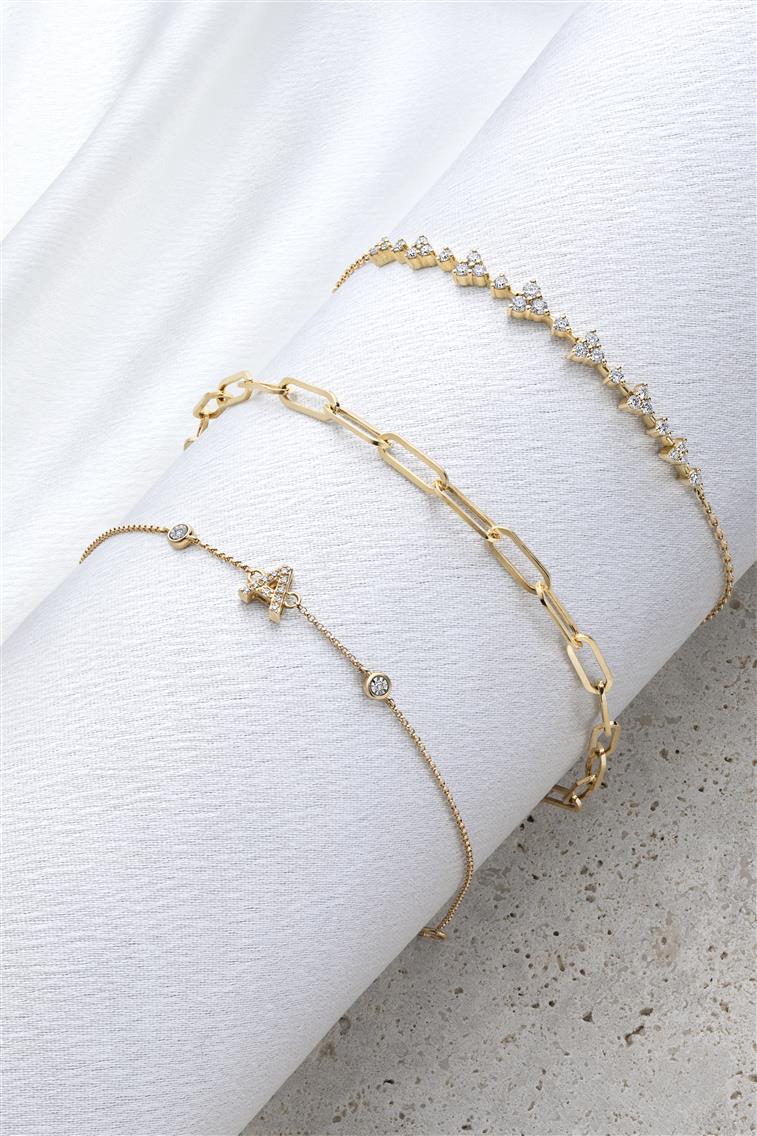

Controlled Lighting and Reflections
Light is one of the most powerful tools in luxury photography — and one of the easiest to misuse.
- Harsh reflections or blown-out highlights can cheapen even the most expensive piece.
- Instead, opt for soft, diffused lighting in your creative direction to enhance shimmer without overpowering.
- Strategic highlights can draw attention to the most valuable or intricate areas — a stone’s depth, a metal’s polish, a rare texture.

Human Element and Lifestyle Context
Nothing sells a piece like seeing it worn, but not just worn. Felt.
- Including hands, necks, or ears in close-up shots helps show scale and elegance, and triggers the “I can see myself in this” moment.
- Use casting and styling that aligns with your brand voice. Luxury doesn’t always mean hyper-formal — it means thoughtful, intentional, aspirational.
Lifestyle photography can show jewelry in motion, with meaning, and in context — whether it’s a gala or a Sunday morning in silk.



Post-Production Excellence
Post-production is where it’s preserved and polished.
- Dust removal, tone correction, sparkle enhancement — every pixel counts.
- But restraint is key. Over-editing breaks trust. Artificial sparkle, plastic-skin retouching, or oversaturated stones can alienate buyers.
- The goal is flawless reality — clean, consistent, and confidently understated.
Uniformity in retouching also reinforces brand integrity across platforms.


Brand Integration
Luxury brands succeed when every visual is a brand statement.
- That might mean subtle inclusions: a recognizable box, embossed logo, or signature prop.
- It’s not about overbranding — it’s about weaving brand presence into the photography naturally and consistently.
When done right, every photo feels like a chapter in your brand’s story, reinforcing values like heritage, innovation, exclusivity, or sustainability.
On-Model Luxury Jewelry Photography That Reinforces Aspirational Identity
Jewelry is intimate. It touches the skin. It moves with the body. It’s never just an object — it’s an extension of the wearer's identity. That’s why on-model photography is essential in the luxury space.
It humanizes the product. A ring on a tray is elegant. A ring on a graceful hand reaching for a glass of champagne? That’s a moment. That’s a feeling. That’s ownership.
Buyers want to see how the piece lives — how it wears, how it glows under soft light, how it pairs with natural skin tone or refined clothing textures. This makes the product relatable, desirable, and dimensional.
It signals lifestyle, not just price point. Model photography isn’t about the model. It’s about the life your brand represents.
- Is your customer sophisticated and timeless?
- Is she bold and fashion-forward?
- Does he collect rare watches and appreciate minimal luxury?
Your casting, wardrobe, and art direction must answer those questions clearly — without saying a word. Think less in terms of “faces” and more in terms of narrative mood: posture, light, expression, environment. These subtle choices reinforce what it feels like to wear your pieces.
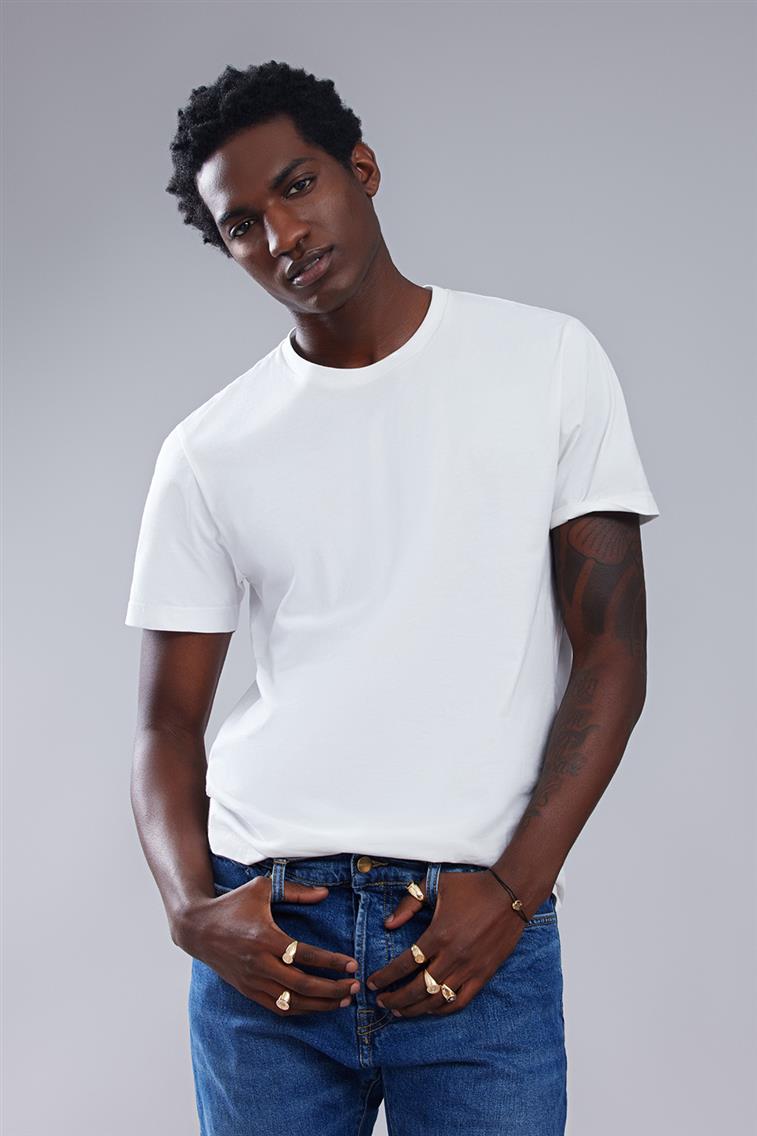




On-model shots allow potential buyers to imagine themselves in the jewelry. This is especially powerful for special-occasion pieces — engagement rings, anniversary gifts, heirlooms.
Whether the setting is an intimate dinner, a rooftop ceremony, or a quiet morning moment, you're not just showing jewelry. You're showing what that jewelry could mean.
And when buyers connect emotionally, logic takes a back seat — and brand loyalty begins.
High-End Jewelry Still Life Photo That Radiates Prestige
While on-model photography builds aspiration through identity, still life photography builds it through intention and artistry. Done right, it turns a product shot into a brand-defining image — and a shopping page into a curated gallery.

Still Life Is Where Brand Codes Come to Life
Every object in the frame — every surface, shadow, and line — should reinforce the world your brand lives in.
- A deep emerald velvet tray beside an heirloom ring
- A handmade ceramic dish that echoes your sustainability ethos
- A ray of natural light casting gentle shadows across a cuff bracelet
These are visual cues that anchor your brand in a buyer’s mind.
The Power of Still Life in Luxury Ads
Luxury rarely screams. It suggests. Still life photography in the high-end ads embraces space, stillness, and clarity. There’s no need to clutter the frame — the product itself should carry the weight of attention.
Minimal compositions with thoughtful negative space help:
- Direct the viewer’s eye exactly where it should go
- Emphasize the sculptural nature of the piece
- Convey quiet confidence, rather than visual noise
In luxury, less truly is more — but only when every “less” is chosen with intent by an experienced set designer.
Visual Storytelling Without a Human Presence
Still life isn’t static. The best setups tell a story — they imply touch, movement, or ritual.
- A pair of earrings lay next to an open invitation
- A pendant resting against the pages of a well-worn book
- A ring captured mid-unboxing, with just a trace of silk paper curling nearby
These moments speak volumes without showing a single face. They create a narrative that the buyer completes in their mind. When photography invites participation, not just observation.
File Format and Technical Aspects for High-End Jewelry Photography
You can invest in stunning photography — but if the delivery falls short, the perception of quality breaks down fast. Luxury buyers are discerning, and so are the platforms that serve them. Which means your visual assets need to be built for both beauty and performance. This is where delivery standards become a brand value issue, not just a file management task.
High-Resolution Assets Built for Versatility
Every image should be delivered in multiple formats — optimized for both print and digital use — so your team can build campaigns, update product pages, or prep for a lookbook without quality loss.
- Web-optimized JPEGs for fast load times and crisp eCommerce display
- High-res TIFFs or layered PSDs for print, editorial, or future re-touching needs
Your visuals should feel luxurious wherever they appear — whether that’s on a mobile screen or a full-page spread.
Deep Zoom As A Confidence Builder for eCommerce
Today’s online luxury shopper wants the ability to zoom, not just pinch and guess.
- Sharp macro photography paired with zoom functionality lets customers inspect craftsmanship, texture, prong settings, and gemstone clarity up close.
- This level of access doesn’t dilute luxury — it proves it.
When shoppers can examine the details themselves, you gain trust and reduce the friction that usually comes with high-ticket purchases made online.
Professional Fine Jewelry Retouching, Without the Overkill
Post-production should make your product look its best, not different.
- Remove dust and distractions, yes.
- Color correct and enhance clarity, of course.
- No artificial sparkle, over-smoothing, color alteration, or filter-heavy edits that risk making the piece look inauthentic.
Luxury customers can spot a fake finish from a mile away. And AI-driven retouching tools often blur or misrepresent the very detail they crave. At this level, retouching should preserve the integrity of the craftsmanship, not polish it into plastic.
Common Photography Mistakes That Undermine Luxury Jewelry Brand Perception
One of the most common mistakes? Misaligned model casting and influencer partnerships. You could have the perfect lighting and a beautifully styled shoot, but if the model doesn’t reflect your brand ethos, the whole image feels off. Whether it’s the wrong age range, visual style, or emotional tone, your casting needs to echo your customer’s aspirations, not distract from them. Influencer content may boost reach, but if it weakens brand perception, it’s not a win — it’s a drift toward the middle of the market.
Overediting is another trap. Luxury buyers know what genuine gemstone brilliance looks like. When images are oversaturated, unnaturally sharpened, or loaded with digital glow, it raises red flags. The best retouching doesn’t make jewelry look “better” — it makes it look like its best real-world self.
Skipping professional retouching altogether is just as dangerous. Dust, fingerprints, uneven tones, reflections — these things quietly destroy the sense of care and craftsmanship that luxury products promise. And yes, your customers do notice. What might feel like a small imperfection to you can signal a big disconnect to them.

Then there’s the overuse of white backgrounds. Sure, they are necessary, especially for clean eCommerce navigation. But if your entire visual identity relies on white-on-white packshots, your brand starts to feel more functional than aspirational. Cartier doesn’t depend on a plain white cutout only. Neither should you. White can be the foundation, but it should never be the full experience.

Elevate Your Jewelry Brand Through Photography That Speaks Luxury
In luxury, your photography is your silent ambassador. It’s how you build desire, communicate value, and justify price. It’s how you create trust, long before the first unboxing or in-store visit.
At LenFlash, we specialize in jewelry photography and professional retouching designed to meet the exacting standards of high-end brands.
- Crystal-clear detail and true-to-life brilliance
- Cohesive visual identity across every SKU
- Still life, on-model, lifestyle, and eCommerce-ready imagery
- Expert retouching that respects your craftsmanship — no overprocessing, ever
Whether you need a full campaign or a single hero shot, we’ll help your product look as valuable as it truly is. Order Lenflash jewelry photography and retouching now!
